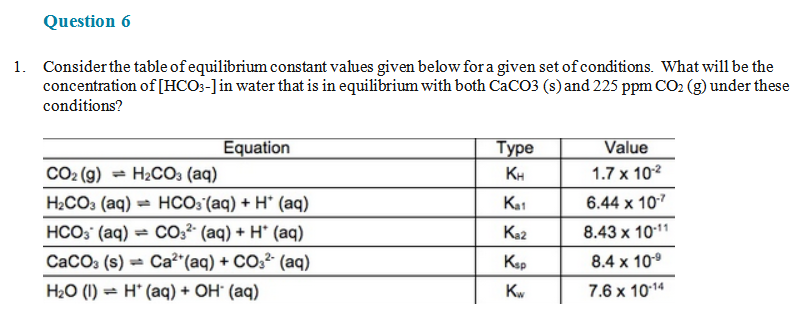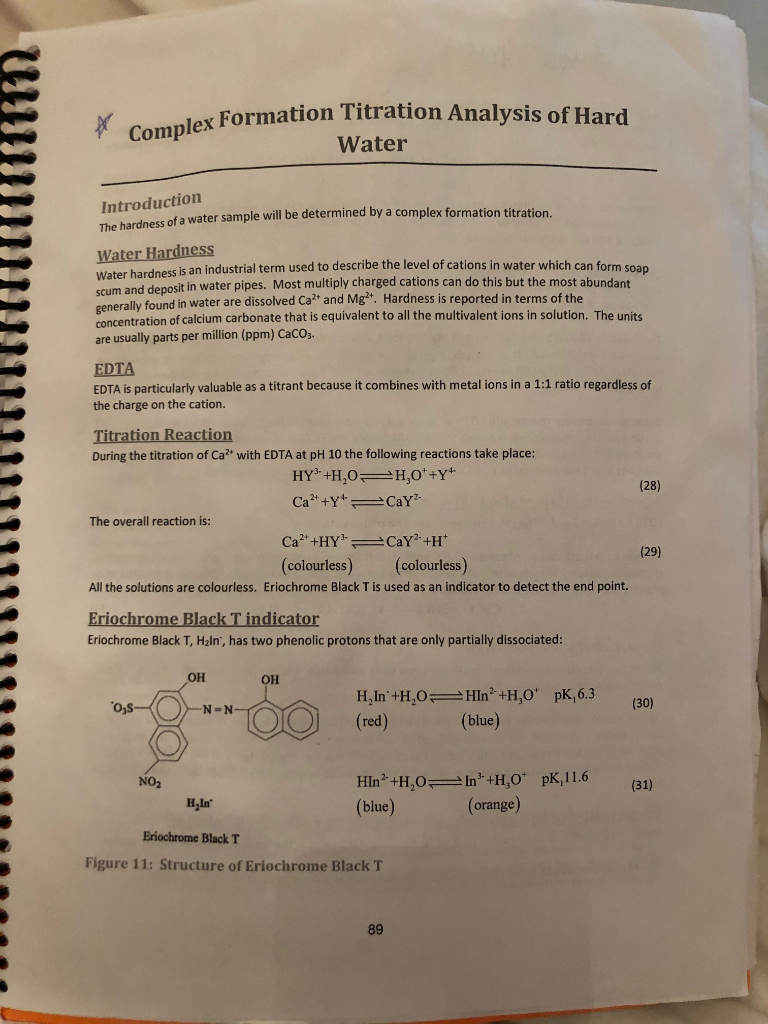


Copyright © 2000 CRC Press, LLCĮither phenolphthalein or methyl orange alkalinity.


* Phenolphthalein and methyl orange are pH-indicator dyes that change color at pH 8.3 and 3.7, respectively. This is done by calculating how much CaCO3 would be neutralized by the same amount of acid as was used in titrating the water sample when measuring The usual convention is to express alkalinity as ppm or mg/L of calcium carbonate (CaCO3). Titrating with acid to pH 3.7 measures methyl orange alkalinity or total alkalinity Total alkalinity measures the neutralizing effects of essentially all the bases present.īecause alkalinity is a property caused by several constituents, some convention must be used for reporting it quantitatively as a concentration. Phenolphthalein alkalinity primarily measures the amount of carbonate ion (CO32-) present. Titrating a basic water sample with acid to pH 8.3 measures phenolphthalein alkalinity. There are other, usually minor, contributors to alkalinity, such as ammonia, phosphates, borates, silicates, and other basic substances. Alkalinity is often taken as an indicator for the concentration of these constituents. Like acidity, alkalinity is a net effect of the presence of several constituents, but the most important are the bicarbonate (HCO3-), carbonate (CO32-), and hydroxyl (OH) anions. Alkalinity in environmental waters is beneficial because it minimizes pH changes, reduces the toxicity of many metals by forming complexes with them, and provides nutrient carbon for aquatic plants.Īlkalinity is determined by measuring how much standard acid must be added to a given amount of water in order to lower the pH to a specified value. Average values for rivers are around 100-150 mg/L. For surface waters, alkalinity levels less than 30 mg/L are considered low, and levels greater than 250 mg/L are considered high. It is not unusual for alkalinity to range from 0 to 750 mg/L as CaCO3. Since all natural waters contain dissolved carbon dioxide, they all will have some degree of alkalinity contributed by carbonate species - unless acidic pollutants would have consumed the alkalinity. All unpolluted natural waters are expected to have some degree of alkalinity. Alkalinity is often a good indicator of the total dissolved inorganic carbon (bicarbonate and carbonate anions) present. In natural waters that are not highly polluted, alkalinity is more commonly found than acidity. Titrating with base to pH 3.7 measures methyl orange* acidity Methyl orange acidity primarily measures acidity due to dissolved carbon dioxide and other weak acids that are present. Total acidity measures the neutralizing effects of essentially all the acid species present, both strong and weak. Titrating an acidic water sample with base to pH 8.3 measures phenolphthalein* acidity or total acidity. Acidity from sources other than dissolved CO2 is not commonly encountered in unpolluted natural waters and is often an indicator of pollution. Dissolved carbon dioxide (CO2) is the main source of acidity in unpolluted waters. Acidity is a net effect of the presence of several constituents, including dissolved carbon dioxide, dissolved multivalent metal ions, strong mineral acids such as sulfuric, nitric, and hydrochloric acids, and weak organic acids such as acetic acid. AcidityĪcidity is determined by measuring how much standard base must be added to raise the pH to a specified value. Water with high alkalinity can neutralize a large quantity of acid without large changes in pH on the other hand, water with high acidity can neutralize a large quantity of base without large changes in pH. Both parameters are related to the buffering capacity of water (the ability to resist changes in pH when an acid or base is added). The acidity of water is its base-neutralizing capacity. The alkalinity of water is its acid-neutralizing capacity.


 0 kommentar(er)
0 kommentar(er)
